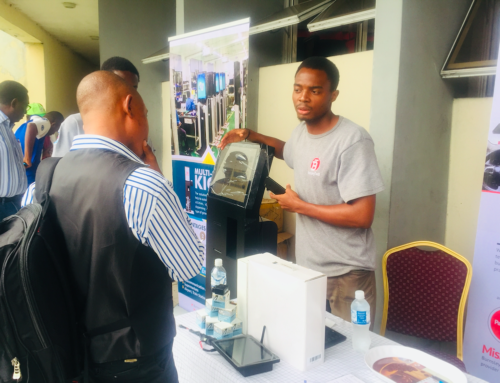Nigeria’s economy, which is highly dependent on Crude Oil went into tail spin following the November 2014 sharp fall in Crude Oil prices. The global production (supply) exceeded demand, putting the Nigerian economy in a recession with high inflation rate. This spurred the Government of Nigeria to develop the Economic Recovery and Growth Plan aimed at mitigating the depreciating economy (See our previous post).
We have been monitoring economic activities for signs of recovery, and can report the following;
- Headline inflation has now fallen for the fifth successive month (February to June)
- The Naira has stabilised against the dollar; and the margin between the Interbank and parallel market rates has narrowed considerably
- The Nigerian Stock Exchange All Share Index (NSEASI) has seen dramatic gains in recent months (now about 20% higher than beginning of 2017 value). This surge is largely attributable to the new Investors and Exporters Window (NAFEX) introduced by the Central Bank in April.
- Nigeria’s FX reserves have proved stable in recent months, even against a backdrop of continuing CBN intervention in the FX market
- The new Investors and Exporters Window (NAFEX) has picked up momentum and powered a turnaround in investor sentiments related to the FX market. The Window has traded around US $3.8 billion since it launched on April 24. (Roughly a third of this volume has been supplied by the Central Bank)
- Nigeria’s Crude oil production has improved appreciably, coming in at 2.05 million barrels per day in June 2017
- According to the NNPC’s May 2017 Operations Report, average daily gas supply to Nigeria’s power plants has risen by 64 per cent, compared to a year ago (May 2016)
- On account of rising exports and falling imports, Q1 2017 was the second consecutive quarter of positive trade balance (i.e. exports greater than imports), after four quarters of negative balance.
- Central Bank data from June 2017 showed a rise in Purchasing Managers’ Index (PMI) — a measure of the health of the manufacturing economy — for the third consecutive month.
- According to the National Bureau of Statistics, in Q1 2017 exports of Agricultural goods grew in value by 82% compared to Q4 2016. And Manufactured goods exports in Q1 2017 were 45% more than the value in Q4 2016.
- Q1 2017 saw the fourth consecutive rise in exports since Q1 2016; amounting to a 109% increase year on year.
Despite these minor signs of recovery giving us hope for the future, we cannot end this post without highlighting two major signs globally recognised;
Employment: You cannot talk about Nigeria recovering from a recession without looking at employment data. It is expected that businesses in a recovering economy would seek human resources from the labour market. There is no such thing as “jobless recoveries” – a situation where there is enough economic activity to get businesses moving again, but not enough to stimulate hiring.
Consumer Spending: Whether in good times or bad times, Nigeria’s economy as well as other economies are driven by consumer spending. Therefore, we should expect to see rebounding consumer spending after the recession.
To conclude, there is a certain amount of common sense regarding economic growth – increasing production, increasing consumption, increasing employment, and increasing activity in areas like construction and transportation. I leave you with some comforting words from the Acting President Yemi Osinbajo:
“Our path to progress and abundance is clear. The tools are in place and the resilient, resourceful and hardworking Nigerian people are set to go. I have no doubt that by the grace of God, the bleakness of recession is about to witness the uplifting dawn of abundance.” – June 12, 2017







Leave A Comment